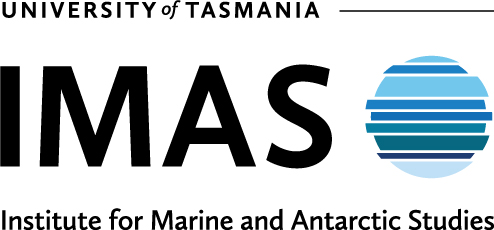Ecosystem and Habitat Interactions
By-product catch
Bycatch and catch of by-product species in the Tasmanian Octopus Fishery are historically low. While Pale Octopus is the main target, pots also attract other octopus species, predominantly Gloomy Octopus (Octopus tetricus) and Māori Octopus (Macroctopus maorum), which are retained as by-product. Excluding catches landed under the east coast developmental fishing permits, total Gloomy Octopus catch in 2021/22 was 815 kg. This followed a peak of 20.8 t recorded in 2017/18, possibly driven by market and/or climate change-relate impacts, and two years of zero catch recorded in 2018/19 and 2019/20. Total Māori Octopus catch across all fisheries peaked at 20.5 t recorded in 2021/22. Previous catches fluctuated around 0-2 t in a season. Both by-product species were considered to be at negligible risk from octopus potting in the 2012/13 Ecological risk assessment (ERA) of the Tasmanian Scalefish Fishery due to their low historical catches (Bell et al., 2016).
Protected and threatened species interactions
In general, the nature of the fishery and the gear used make interactions with bycatch or protected species unlikely. Boats do not operate at night hence seabirds are not attracted to working lights. There are no bait discarding issues since the pots are unbaited. Furthermore, surface gear is minimal (two buoys and two ropes for each demersal line). Thus, the 2012/13 ERA considered that risks from octopus potting to protected species were negligible (Bell et al., 2016).
Entanglement of migrating whales in ropes of pot fisheries have been reported in Western Australia (WA Department of Fisheries, 2010). While the Tasmanian Octopus Fishery operates in Bass Strait, part of which is in the migratory route of southern right whales (Threatened Species Section, 2022), no such interactions have been reported in Tasmania. Furthermore, the limited amount of surface gear, typically 40 buoys in the entire fishery at any one time is negligible in contrast to other pot fisheries. For example, in the Tasmanian Rock Lobster Fishery, a single operator may set up to 50 sets of pots and ropes and there are approximately 1.3 million pot-lifts set annually, or in the Western Australian Rock Lobster Fishery, approximately 2 million pot-lifts are set annually (De Lestang et al., 2012; Hartmann et al., 2013).
Ecosystem and habitat interactions
The octopus pots currently used in the fishery are lightweight and set in a sandy bottom environment, which is the preferred substrate for Pale Octopus. The impact of commercial potting has been found to have little impact on benthic assemblages (Coleman et al., 2013) and the 2012/13 ERA considered that octopus potting was of low risk to both the ecosystem and habitat (Bell et al., 2016).



